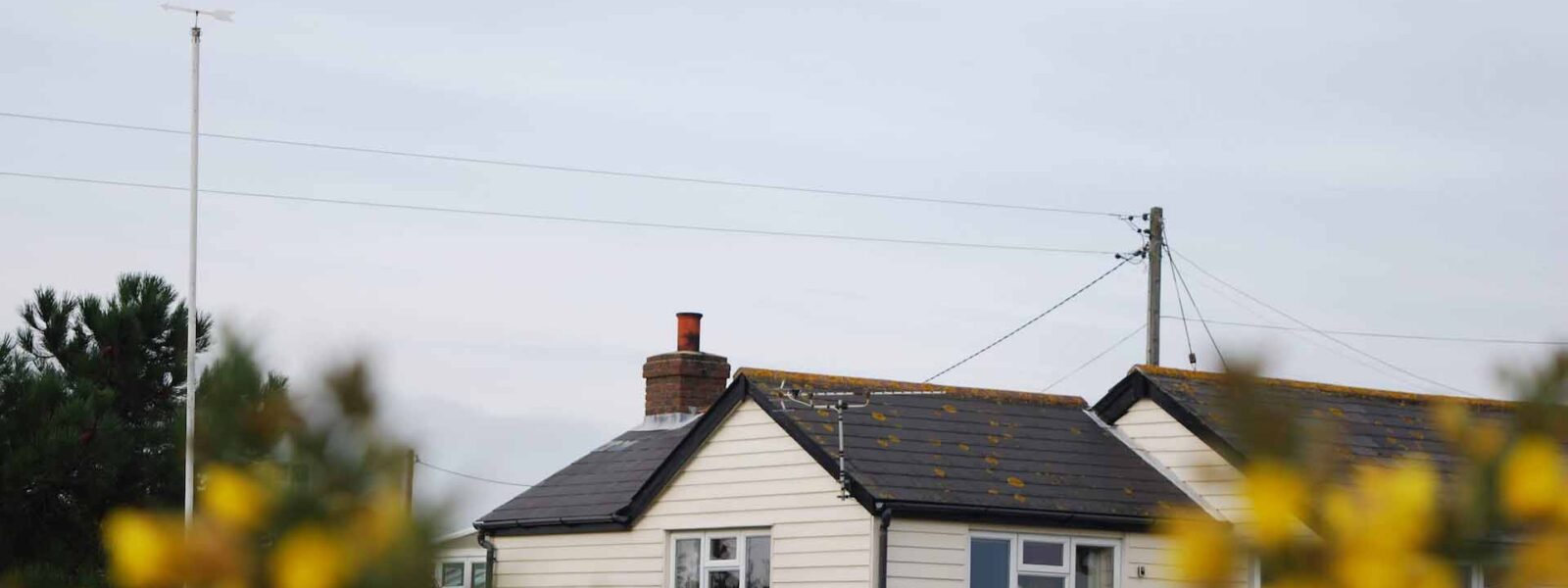Trust law is an incredibly complex area of law, so when you bring property into the mix, it can feel overwhelming. Encompassing the likes of TOLATA and beneficial interest, it’s common for many people to feel confused about trusts and the legislation that accompanies it.
As an introduction, this blog will cover the basics of trust law and property. I’ll briefly touch on TOLATA and beneficial interest, in which we go into more detail in other blogs.
Looking to cut to the chase? If you need a solicitor to help with trust law and property, just call us on 0203 007 5500, or submit a contact form.
What is a trust?
It’s important to first understand what a ‘trust’ is. Whilst we cover this in greater detail in our Types of Trust blog, a trust is simply a legal arrangement between three parties:
- the settlor, who has legal ownership over the asset;
- the trustee, who the settlor assigns to manage their asset; and,
- the beneficiary, who inherits the asset.
Importantly, the settlor and trustee can be the same person.
The clearest example of a trust is a Will. The writer of the Will does not want their possessions to pass to those named in the Will at the exact time of signing it. This would be impractical, and no one would want to create a Will for fear of losing all their possessions.
Instead, the writer intends to pass their possessions on to those named in the Will only after they die. Therefore, the writer of the Will is said to be holding their possessions on trust for those they name in the Will until the writer dies. After this, the people named in the Will receive the possessions.
Disputes in trust law.
Wills are a straightforward example of a trust as the writer of the Will clearly intends for their possessions to go to their chosen beneficiaries. In addition, once the writer dies, they cannot change their mind, and the Will shall carry out their final wishes.
Trusts become complicated in situations where a person can argue that they are entitled to an asset belonging to the legal owner, even where the legal owner objects to this being the case. This is particularly relevant to property disputes.
This can be surprising as most people would assume that as the owner of an asset, you choose what to do with it. Yet, if another person can establish that they have a ‘beneficial interest’ in that asset, then they may be able to argue that they are entitled to a proportion of it.
What is TOLATA?
The Trusts of Land and Appointment of Trustees Act 1996 (also known as TOLATA) is a key piece of legislation when it comes to property disputes. Specifically, it gives the court powers to resolves property disputes between unmarried couples.
In essence, a TOLATA claim can determine the rights of either party in regards to joint property ownership. A person who has a beneficial interest in a property will tend to make a TOLATA application.
How does property and beneficial interest work under trust law?
The examples of trusts mentioned so far can also apply to property. Under trust law, a property constitutes as a trust for scenarios with unmarried couples.
 A person may own a property in their sole name. This makes them the legal owner. Later, they may meet a partner, and the owner invites the partner to move into the property with them as their ‘forever home’. The partner’s name is not on the title deeds, but they contribute to the mortgage and make financial contributions to the upkeep and renovations of the property.
A person may own a property in their sole name. This makes them the legal owner. Later, they may meet a partner, and the owner invites the partner to move into the property with them as their ‘forever home’. The partner’s name is not on the title deeds, but they contribute to the mortgage and make financial contributions to the upkeep and renovations of the property.
One day, the legal owner and the partner fall out and decide to part ways. The legal owner does not want the partner to have anything to do with the property. However, because the partner has made financial contributions to the property because they believed that it was to be their ‘forever home’, the partner may be able to argue that they have earned a beneficial interest in the property.
Applying the key terms of trust law, the legal owner of the property becomes the ‘settlor’ and ‘trustee’, and the partner becomes the ‘beneficiary’.
If the owner and the partner marry and remained married for a lengthy period, then family law would instead apply. The default rule would then be that all assets owned solely become jointly owned by both parties, regardless of whose name the asset is under.
In our example, the legal owner and the partner are not married, so family law would not apply. This is why it is important for the partner to demonstrate that they have a beneficial interest.
What is a detailed example of properties and trust law?
A common example of when a dispute arises in respect of property and ownership would be this:
- John owns a property and is the sole legal and beneficial owner of it.
- John then meets and becomes romantically involved with Jane. John invites Jane to live in the property with them as their ‘forever home’.
- Jane starts to contribute financially to the mortgage and to the upkeep/refurbishment of the property on the promise that this would be their forever home.
- Several years go by and John and Jane decide to split up. John asks Jane to leave. Jane is not happy at the thought of leaving the relationship with nothing to show for it financially especially as they have contributed to various things over the years.
- Jane has the grounds to argue that they, by way of their financial contributions and their reliance on the promises made by John, have gained a beneficial interest in the property. Applying the key terms in Trust law discussed above, the property is the trust asset and Jane would need to establish that John as trustee was holding the property on trust for the benefit of John and Jane. John would be the trustee and John and Jane would be the beneficiaries.
If John and Jane entered a marriage for a lengthy period, then family law would apply. If so, the court would consider the property as a joint asset regardless of who owns it. They would then deal with it according to the principles of fairness.
In this example, John and Jane were never married. As such, family law wouldn’t apply and Jane would have to establish her interest.
When will a beneficial interest arise?
Discovering whether someone has a beneficial interest is not a straightforward process. Continuing our example above, if the partner wants to show that they gained a beneficial interest in the legal owner’s property, they will need to show the following:
- Intention. The legal owner must have intended for the partner to live with them in the property. For example, John may have said to Jane that they should move into the property to be their ‘forever home’ or words to that effect.
- Reliance. After hearing from the legal owner that the property is to be the partner’s ‘forever home’, the partner must have relied on this statement and genuinely believed that the property was to be their forever home; and
- Detriment. The partner must have acted to their detriment as a result of the legal owner’s comments. For example, Jane may have begun contributing towards the mortgage or investing money into the property to increase the equity.
Whilst there may be other aspects to consider, intention, reliance and detriment are the three key aspects that the partner would need to show.











Leave a comment Your email address will not be published.